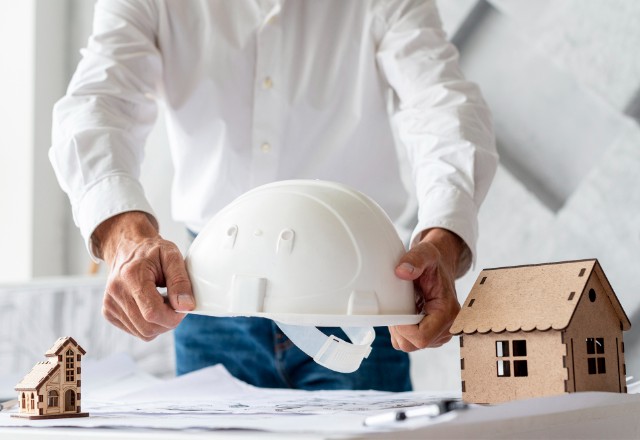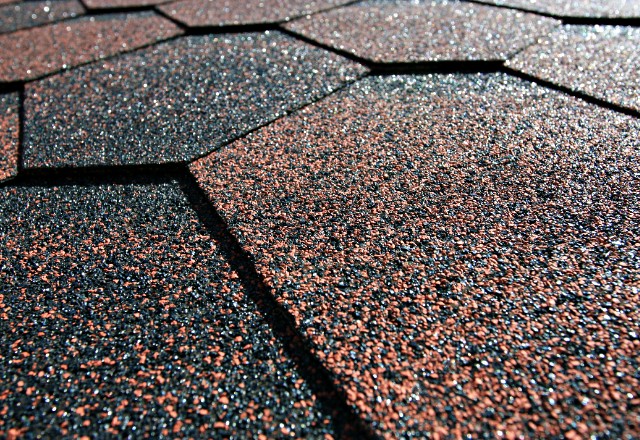As a homeowner, you may be wondering, “Can I replace my roof myself?” Replacing your roof is a significant project that requires careful consideration, planning, and execution. While the prospect of saving money on labor costs may be tempting, it’s essential to weigh the pros and cons of a DIY roof replacement before making a decision.
The Complexity of Roof Replacement
Replacing a roof is a complex process that involves several components, including:
- Removing old roofing materials
- Inspecting and repairing the roof deck
- Installing underlayment and moisture barriers
- Placing new roofing materials (shingles, tiles, metal, etc.)
- Sealing around chimneys, vents, and other penetrations
- Ensuring proper ventilation
Each of these steps requires specific knowledge, skills, and tools. Improper installation can lead to issues such as leaks, structural damage, and reduced energy efficiency.
Safety Considerations
Safety should be a top priority when considering a DIY roof replacement. Working on a roof involves significant risks, including:
- Falls from heights
- Slips and trips on steep slopes
- Injuries from tools and materials
- Exposure to extreme weather conditions
To mitigate these risks, it’s crucial to use proper safety gear, such as:
- Sturdy ladders
- Fall protection harnesses
- Non-slip shoes
- Hard hats
- Gloves
However, even with the right equipment, accidents can still happen. Professional roofers have the training and experience to work safely on roofs, minimizing the risk of injury.

Building Permits and Insurance
Before starting a DIY roof replacement, it’s essential to check local building codes and obtain necessary permits. Failing to secure the required permits can result in fines, legal issues, and difficulty selling your home in the future.
Additionally, it’s crucial to review your homeowners insurance policy. Some insurance companies may not cover damage resulting from unpermitted work or DIY roof replacements. In the event of an accident or property damage, you could be liable for significant out-of-pocket expenses.
Material Selection and Quality
Choosing the right roofing materials is critical for a successful roof replacement. Factors to consider include:
- Climate and weather conditions
- Architectural style of your home
- Energy efficiency and environmental impact
- Durability and lifespan
- Cost and budget
While it may be tempting to opt for the cheapest materials available, investing in high-quality roofing products can save you money in the long run by reducing the need for frequent repairs or replacements.

Time and Labor Demands
Replacing a roof is a physically demanding and time-consuming process. The average DIY roof replacement can take several days to a few weeks, depending on the size and complexity of your roof, as well as your experience level.
Roof Size (sq. ft.) | Estimated DIY Time |
1,000-1,500 | 3-5 days |
1,500-2,000 | 5-7 days |
2,000-3,000 | 7-10 days |
3,000+ | 10+ days |
In addition to the time commitment, a DIY roof replacement requires significant physical labor, including lifting heavy materials, bending, kneeling, and working in uncomfortable positions. It’s important to honestly assess your physical capabilities before taking on such a demanding project.
Long-Term Cost Implications
While a DIY roof replacement may seem like a cost-effective solution initially, it’s essential to consider the long-term financial implications. Potential risks include:
- Improper installation leading to leaks, water damage, and structural issues
- Reduced energy efficiency due to inadequate ventilation or insulation
- Voiding manufacturer warranties due to improper installation
- Decreased home value due to subpar workmanship
In many cases, hiring a professional roofing contractor can save you money in the long run by ensuring a high-quality, durable roof that lasts for years to come.

When DIY Roof Replacement Might Be Appropriate
While a full-scale DIY roof replacement is generally not recommended, there may be some instances where tackling minor repairs yourself could be appropriate, such as:
- Replacing a few damaged or missing shingles
- Sealing small leaks around chimneys or vents
- Cleaning and maintaining gutters and downspouts
However, it’s crucial to know your limits and seek professional assistance when needed. If you’re unsure about your ability to complete a repair safely and effectively, it’s always best to consult a licensed roofing contractor.
FAQ
Can I replace my roof myself to save money?
Do I need a permit to replace my own roof?
Will my homeowners insurance cover a DIY roof replacement?
In conclusion, while the idea of replacing your roof yourself may be appealing, it’s essential to carefully consider the risks and challenges involved. Can I replace my roof myself? The answer depends on your skills, experience, and willingness to take on the significant responsibilities associated with a complex roofing project. In most cases, it’s best to entrust your roof replacement to a licensed and experienced professional who can ensure a safe, high-quality, and long-lasting result.



 509-201-4190
509-201-4190
